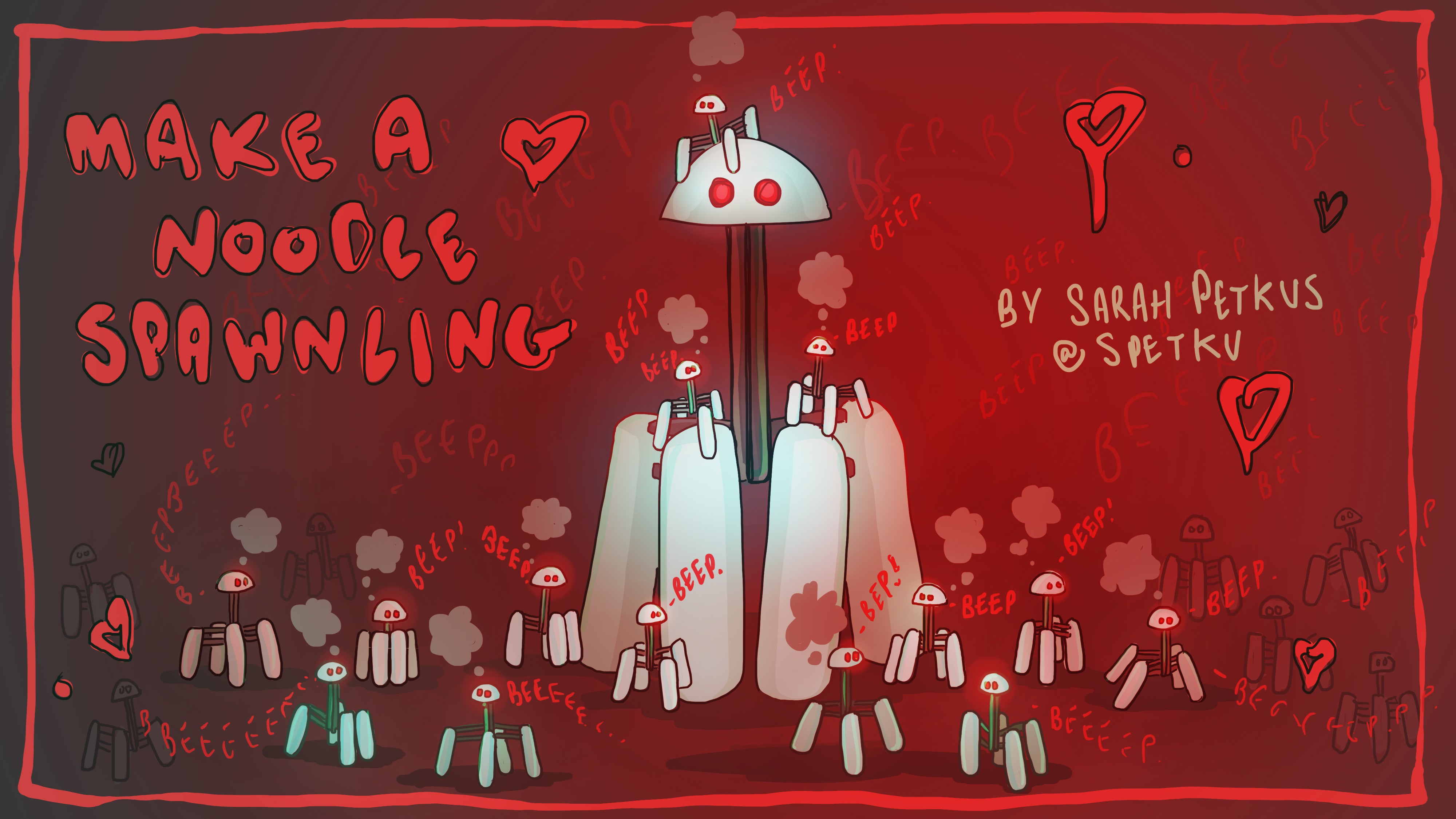
Throughout November I had been kicking around the notion of doing a second iteration of the spawnling now that I've converted to the church of Fusion360. Once I saw that Hackaday was holding a Coin-Cell Battery Challenge, this was the push I needed to actually do it! Instead of simply creating another analog figurine, I decided to incorporate a custom PCB with an itty bitty microcontroller so that the spawnling can do more than just win every staring contest with forever judging glow-eyes. For this task, I created a coin-cell-sized brain called the Marshmallow! This 26mm diameter morsel is equipped with an ATTINY brain, which blinks two red LEDs at random intervals, and also causes a small piezo buzzer to beep occasionally.
My hope is to spread Noodle to all. Anyone with a 3D printer can produce the parts I've designed, and assemble their own posable spawn with the help of these instructions. <3
Watch my video instructions for this build!
 Sarah Petkus
Sarah Petkus
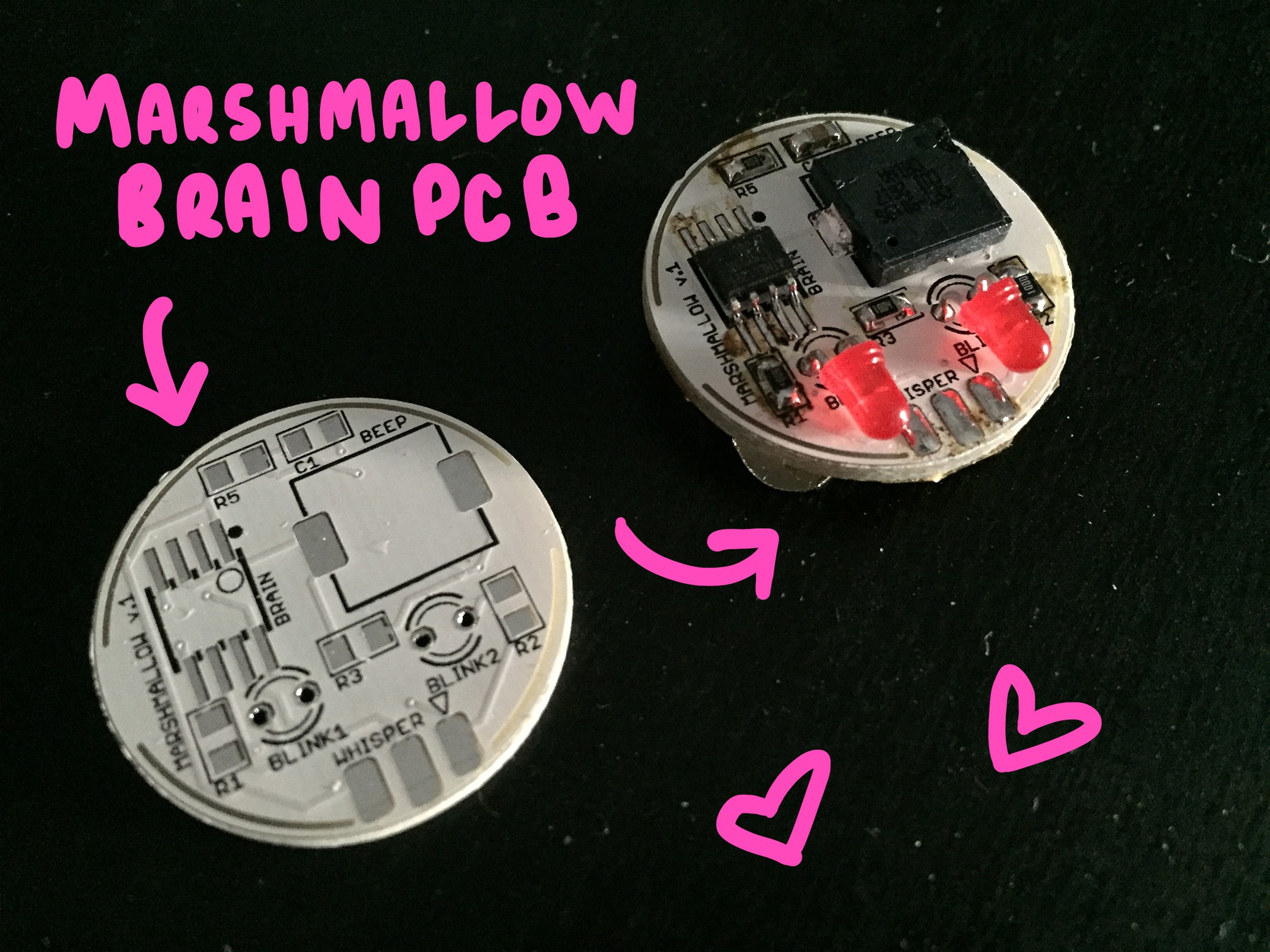
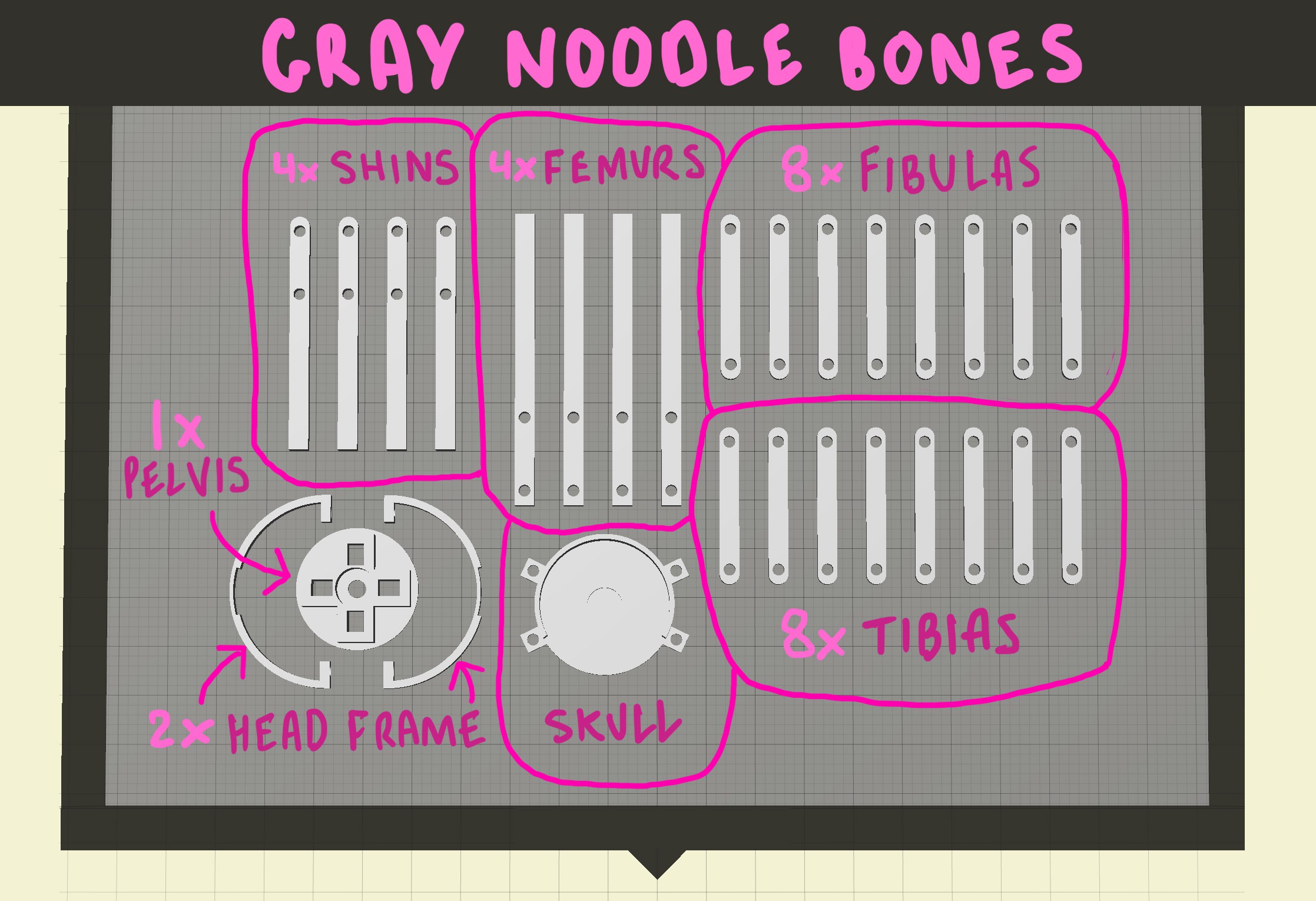
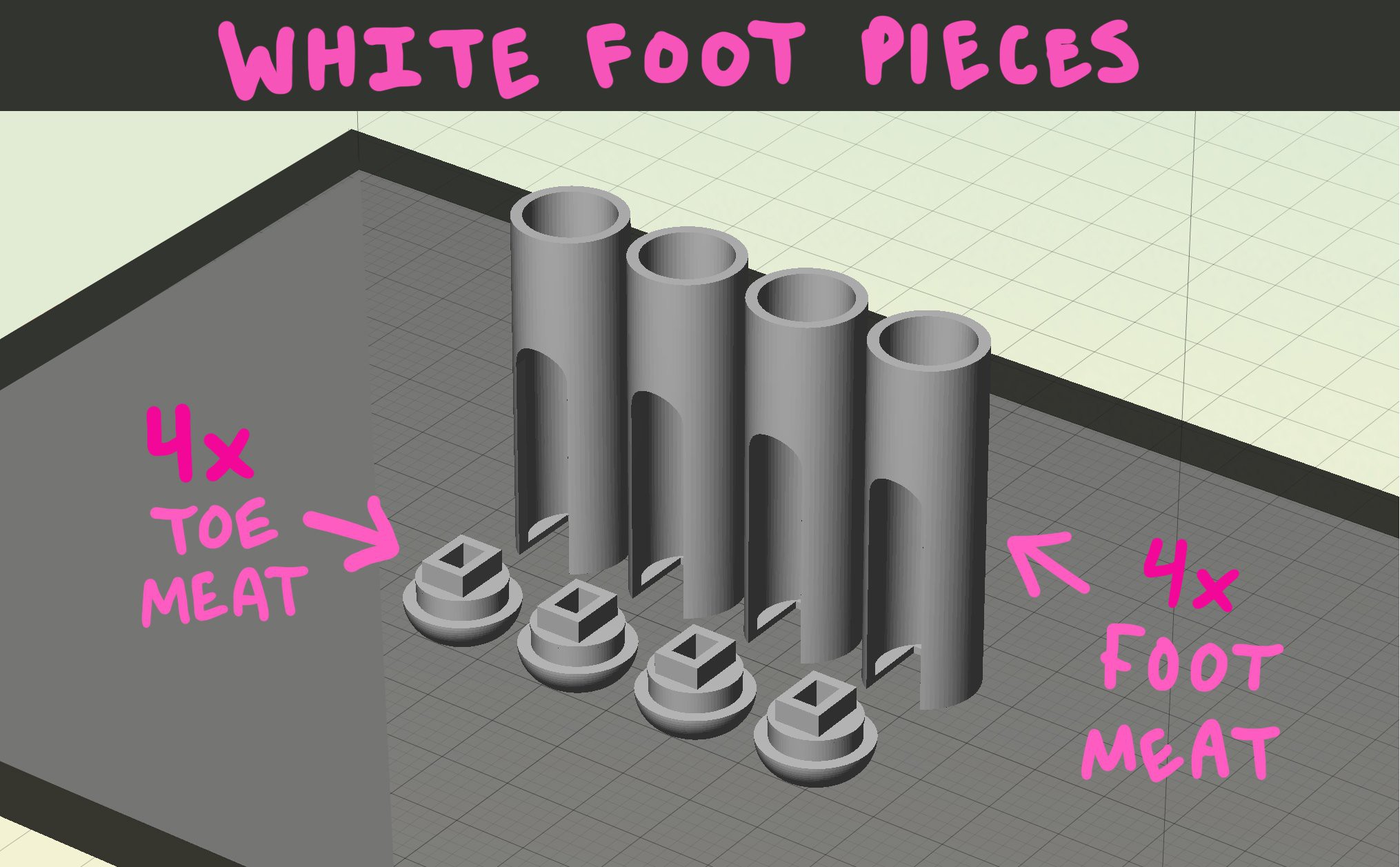
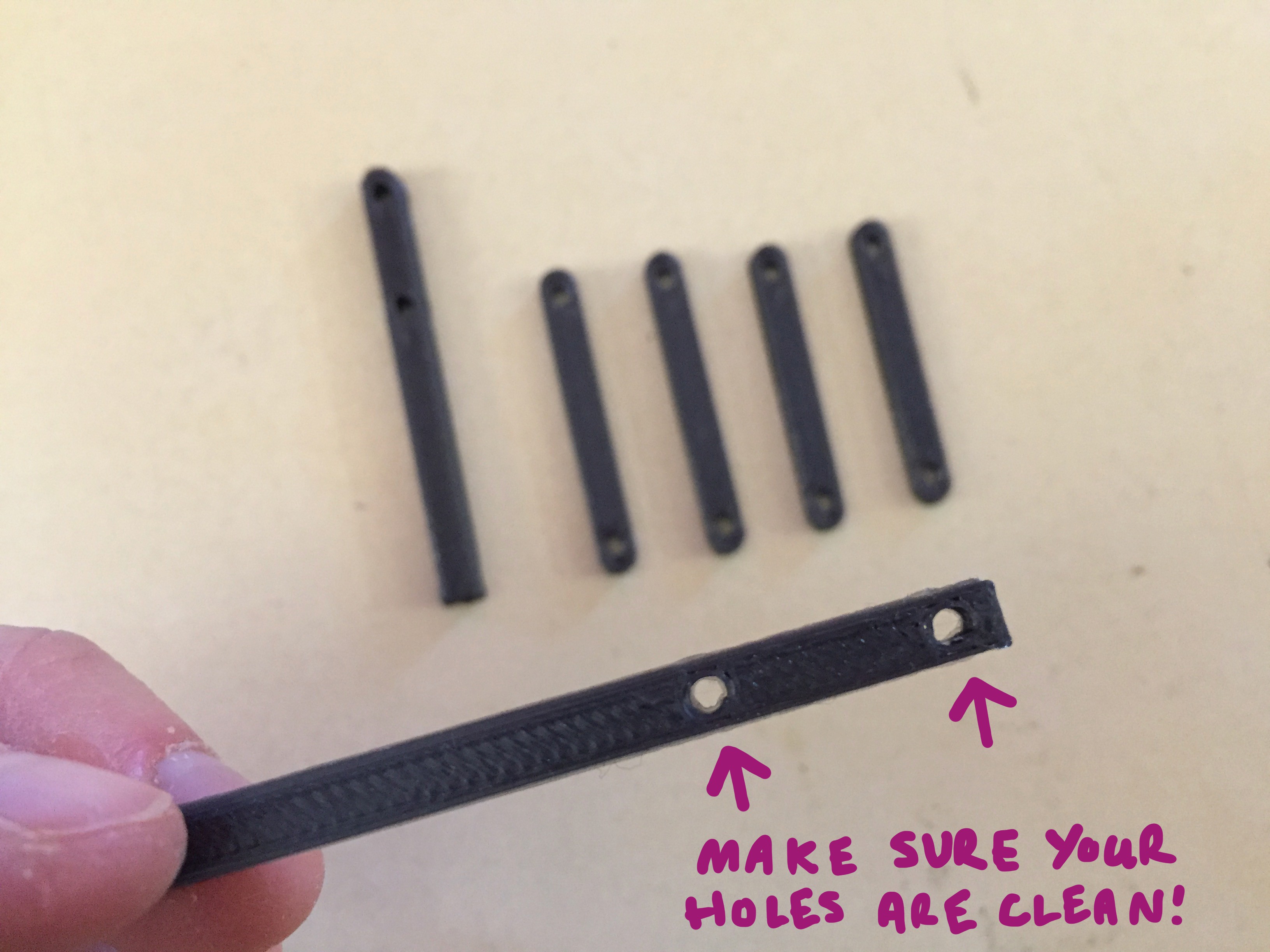
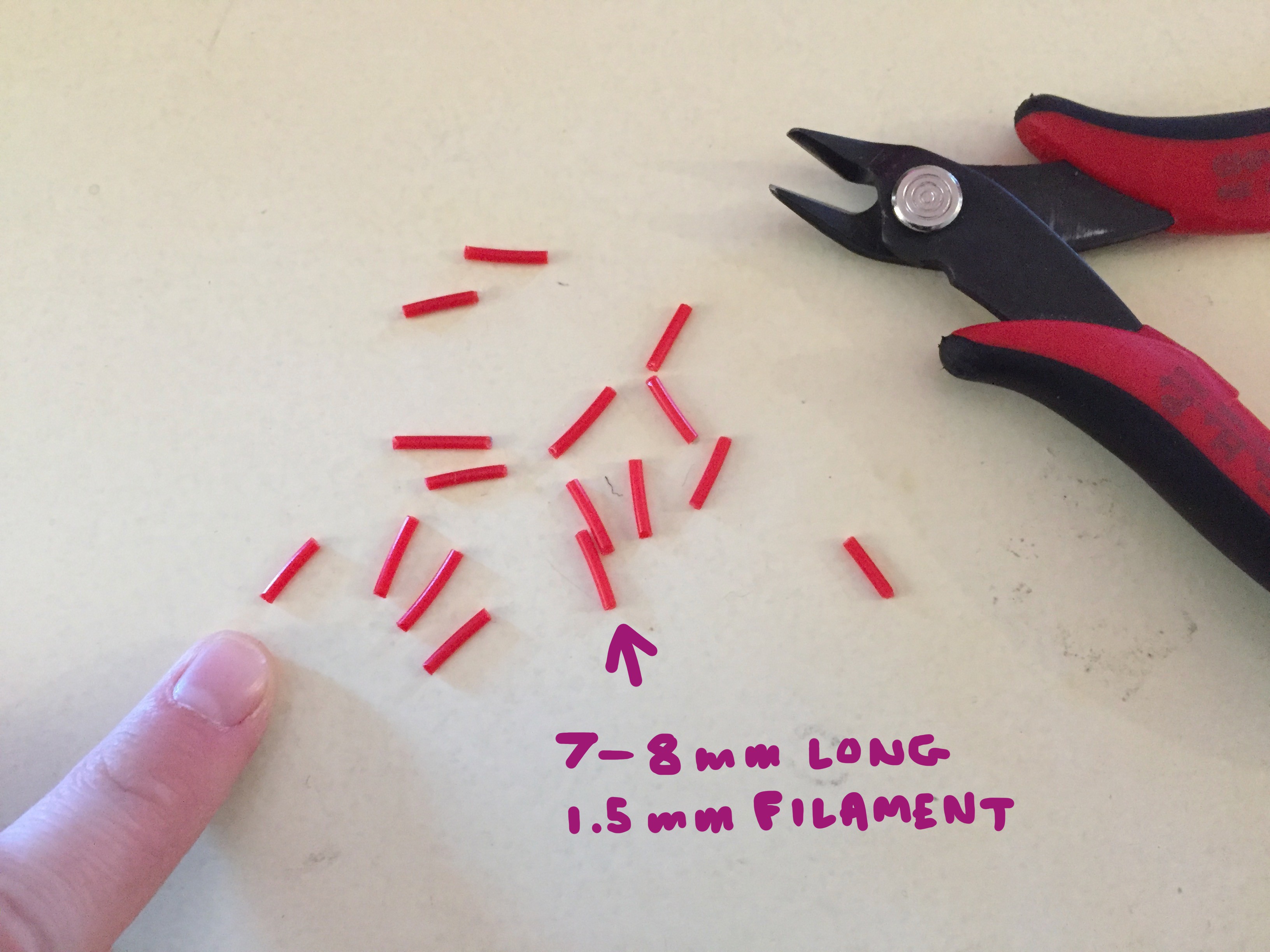

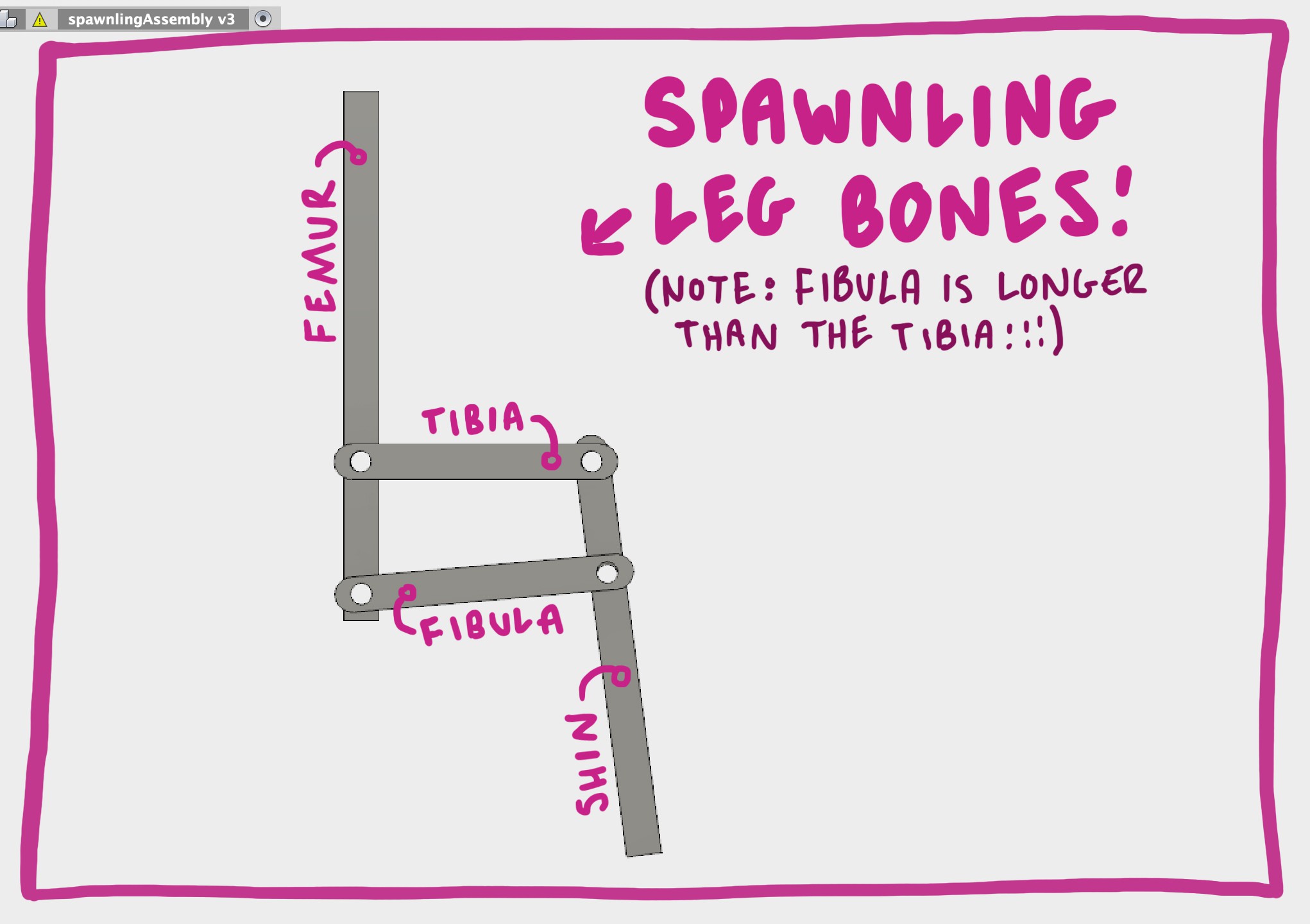
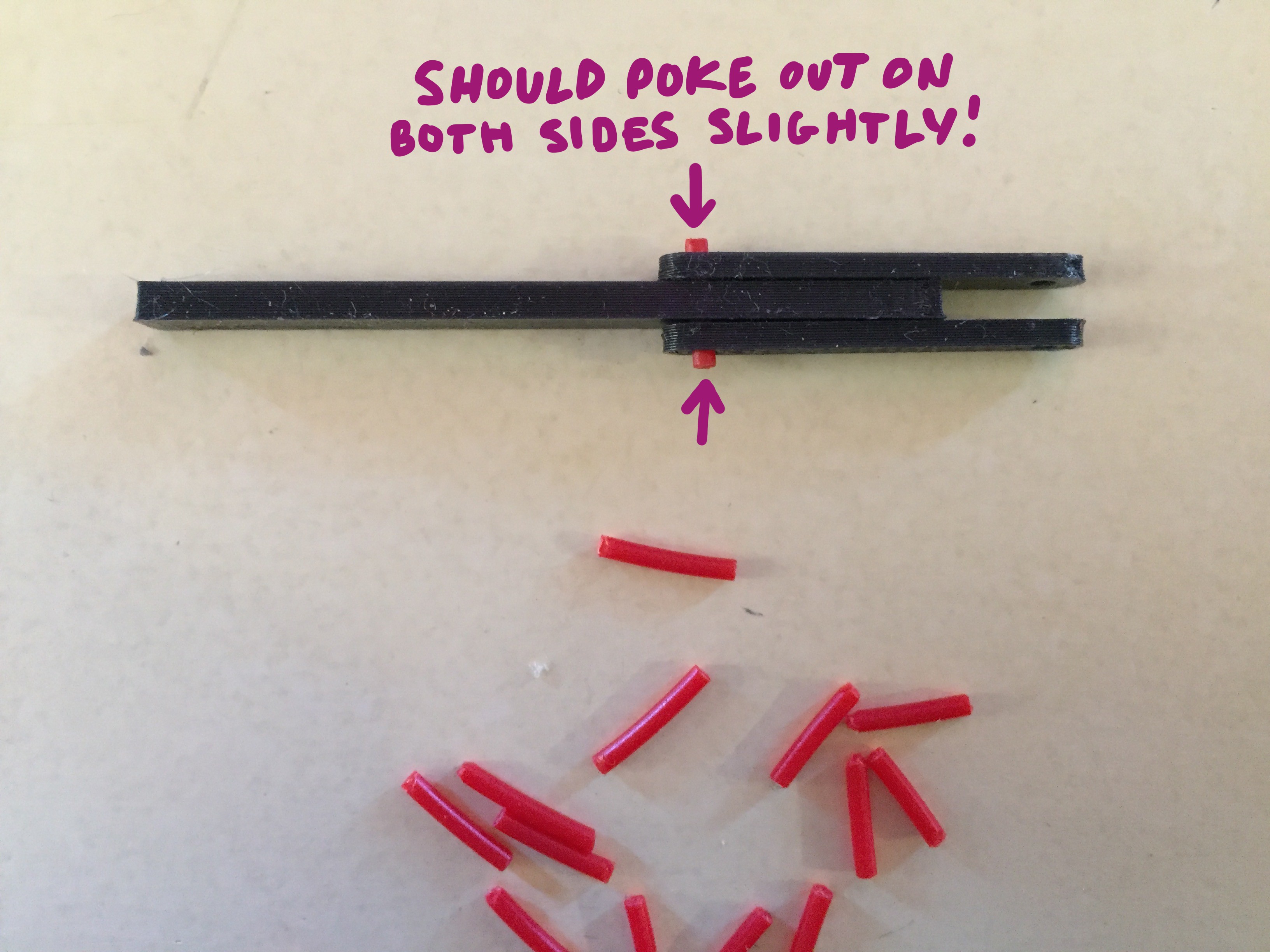
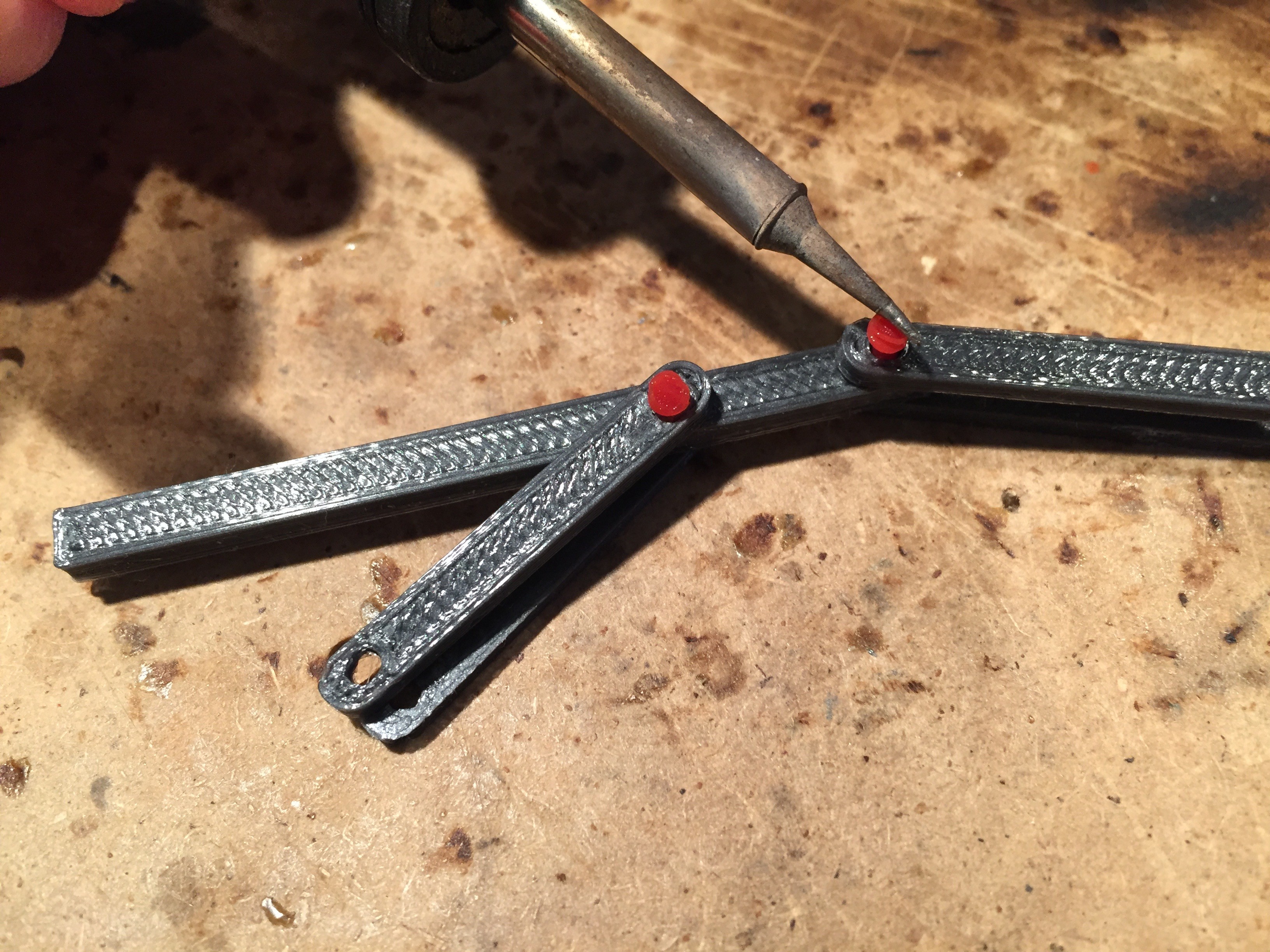

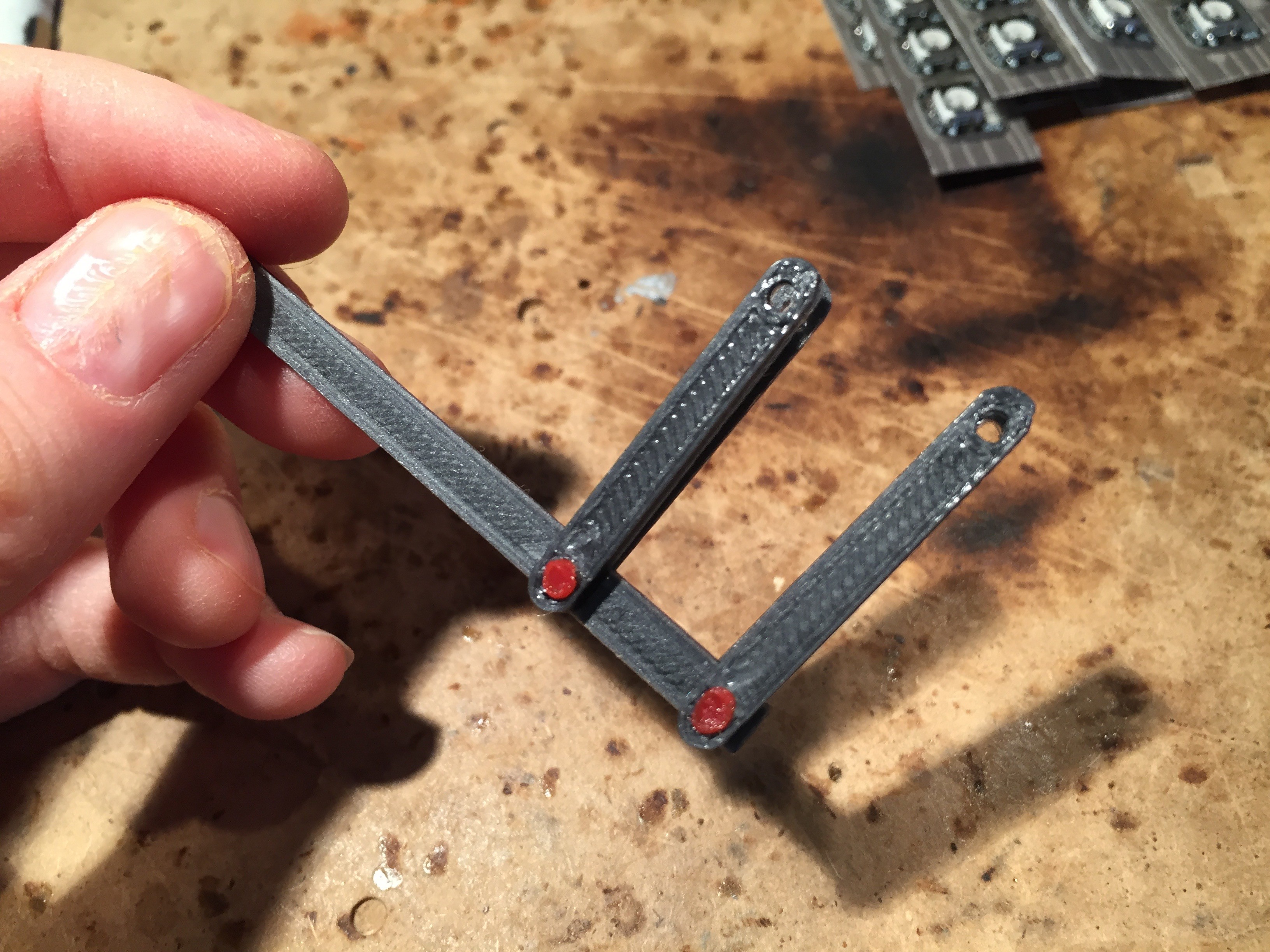

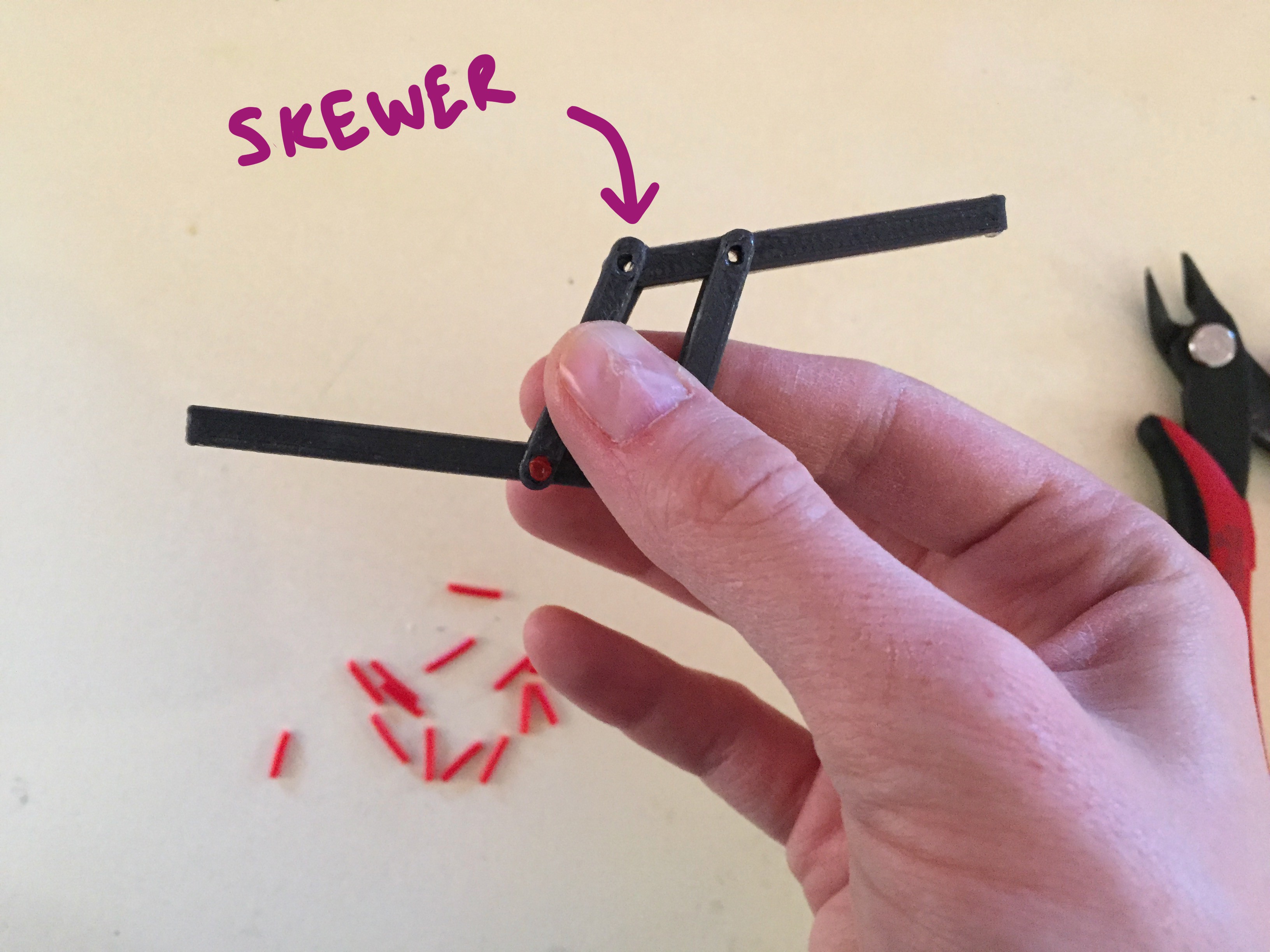
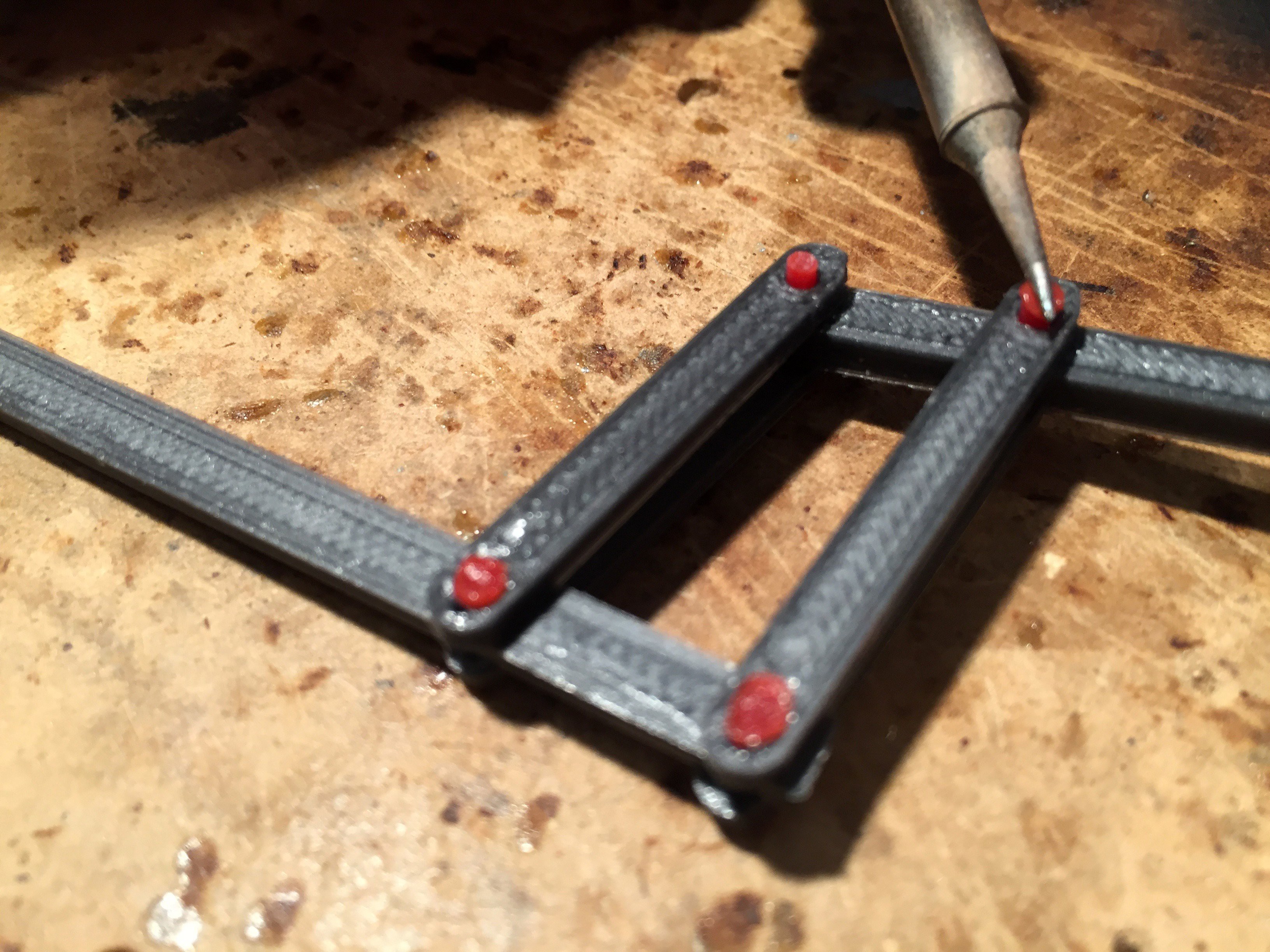


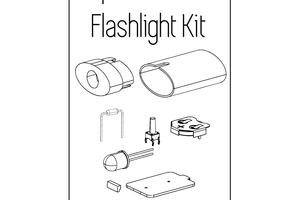
 Sean Hodgins
Sean Hodgins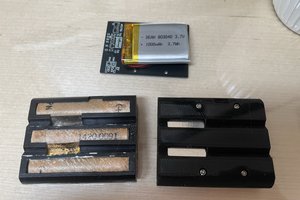
 CYUL
CYUL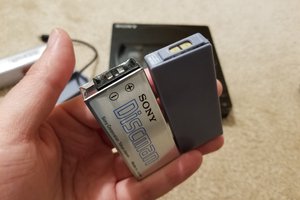
 sjm4306
sjm4306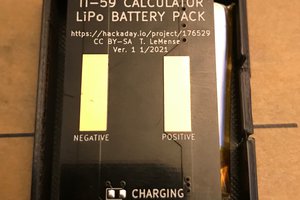
 tomcircuit
tomcircuit
Printing out a baby noodle! Can't wait to put the little guy together.